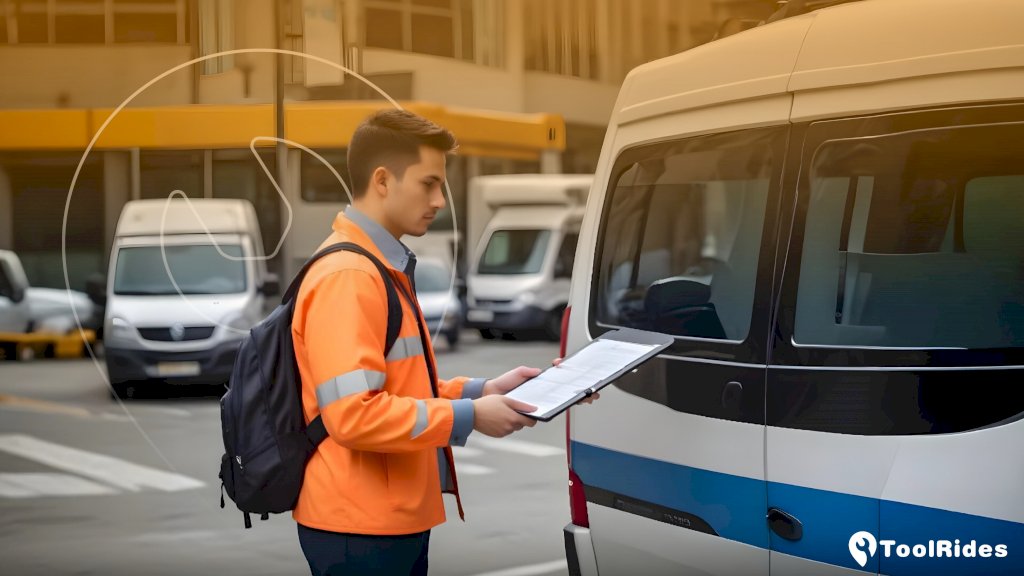For some time now, it has been known in the transportation industry that, for it to develop perfectly, the good use of the Mobility Data regulation is necessary. This contains a large scale of mobility data for transportation planning. In fact, the Federal Council has agreed to the implementation of the German Mobility Data Regulation.
The new regulation makes it possible for German mobility data to be made available in the so-called Mobility Data Marketplace. For companies in the mobility sector, the new regulation allows access to data sets that were not previously available.
By using these data sets in the mobility sector, customers will benefit from new data-driven mobility concepts that are precisely tailored to real mobility needs on site.
The challenge of using mobility data
Each combined use of various forms of mobility requires and has a data modality. From public transport, on-demand buses, e-scooters, rental bicycles or other means of transport. For a useful interconnection of these various mobility offers, infrastructures must be appropriately combined in order to create holistic mobility chains.
Traffic data plays an important role in this mix. In fact, data was not freely available before the introduction of the Mobility Data Marketplace. For this reason, the Mobility Data Regulation favors the transportation services industry, as it is a driver of its development.
Has the introduction of the Mobility Data Regulation really been beneficial?
Thanks to this regulation things are changing. The Federal Ministry of Digital and Transport wants to stipulate the obligation of mobility providers to make data available on the basis of the law on the modernization of passenger transport to enable efficient, safe and sustainable public transport in the future.
Mobility Data Regulation is attentive and vigilant regarding compliance with the obligations provided for in the Passenger Transportation Law. In addition, the offer of information services on multimodal travel may be specified.
When was the Mobility Data regulation born?
The expansion of the Mobility Data Regulation occurred on January 1 and the static data category was also added to the Mobility Data Marketplace. Many transportation services businesses have the opportunity to define and develop services to exploit the potential of their service data. Ioki is one of those platforms that allows mobility analysis.
Let us remember that experts already use algorithms and data processing to analyze and optimize public transport infrastructures. The main objective is to make mobility accessible to all and the Mobility Data Regulation is a good opportunity to strengthen public transport in the long term and drive mobility change.
Mobility on demand
Municipal leaders and citizens must keep track of the areas where they live, including the urban transportation system. Previously, regulators used questionnaires and surveys as a method to determine user needs. Today, leaders can connect with people, places and products using a wide range of data through artificial intelligence and other digital technologies.
The information they can obtain is a more accurate picture in the short term and at a low cost to proactively develop informed decisions. However, leaders need to collect the right data and ask the right questions. This is in order to focus on where cities should go. In addition to this, with Mobility Data, they will be able to design future mobility and implement a long-term vision.
Transportation represents economic prosperity
Good transportation services represent sustainability for a city's economy. The goal is to create a new and better way for city officials to measure the health of their mobility network and their vision for the future.
Transportation is a form of mobility for people and goods, be it trips in intermodal transportation or also active transportation options (such as sidewalks and bicycle lanes).
Urban mobility performance
Urban mobility must be efficient and the cities that obtained the highest score in this category offer multiple integrated modes of transportation. They say they try to minimize congestion and travel times and also state that air quality is often linked to congestion levels.
These analyze and are forward-looking regarding the needs of citizens in the mobility sector. A high-performance mobility system is resilient and inclusive. Urban Mobility Data shows that innovation, investment, coordination between stakeholders and direction are required.






